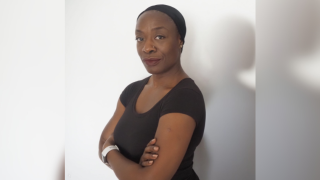The joint initiative saw both companies transform a live radio site using a management solution to leverage solar and wind energy, optimising power supply and demand.
Through the collaboration, the site in Dittenheim - roughly 120km north of Munich - has been partially powered by energy from solar panels (12 sqm of solar modules) since the initiative began more than a year ago.
Ericsson and DT experts have now added a wind turbine, that can deliver up to 5kW of additional power, as a second renewable energy power source.
Ensuring an integrated management of clean, efficient and reliable power sources and usage is key for sustainable mobile site operations," said Leif Heitzer, SVP of Technology guidance and economics at Deutsche Telekom.
"Together with innovative partners we explore in trials how we can apply intelligent solutions and capabilities to optimise energy consumption and control at mobile sites.”
Using the Ericsson Power System, a new energy management system, means that in theory the site can be operated on a stand-alone basis without using its cable connection to the electrical power grid. This is contingent of weather conditions.
The Ericsson Power System provides the necessary voltage conversion and maximum power point tracking (MPPT). The joint control of the two power sources and the batteries are integrated into the same management system that controls the Radio Access Network (RAN).
The next phase of the project will see the two develop additional functions for the use of generated energy and storage capacities. In the long-term the two will explore the integration of additional energy sources such as fuel cells.
“At Ericsson, we are committed to working with our customers to support them in cutting their carbon emissions," added Heather Johnson, vice president for sustainability and corporate responsibility, Ericsson.
"This partnership is a great example of how we’re achieving this through our best-in-class energy efficient equipment, which can be operated entirely with renewable energy.”






